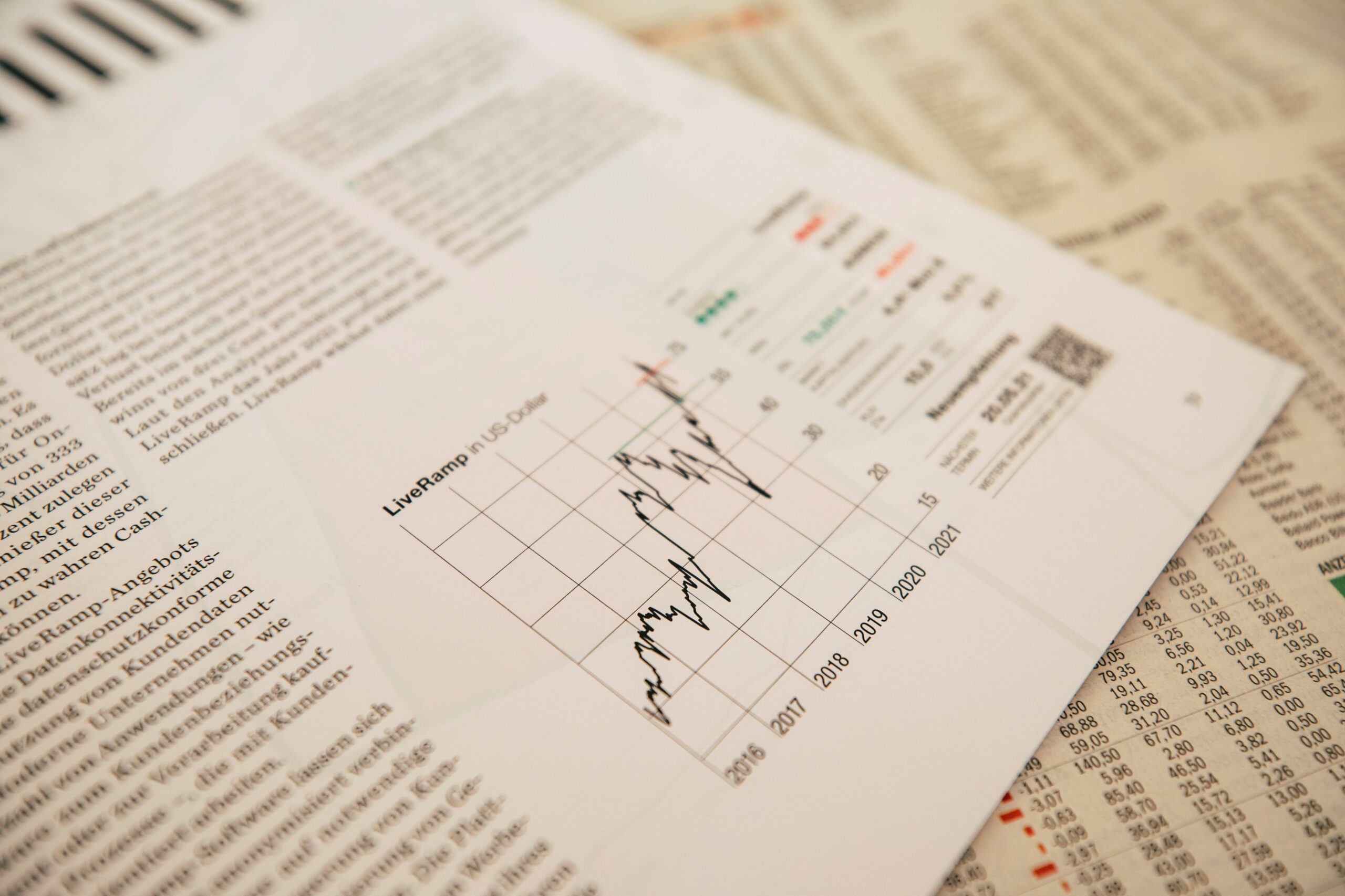From the “heard at Goldman Sachs” newsletter:
2022 was quite a year for the economy and the markets. If you’re wondering where all of it may be headed next, you’re in good company. One big question remains: Can overheated inflation be cooled without a recession? This is how our colleagues in Goldman Sachs Asset Management’s Strategic Advisory Solutions and Global Investment Research see it.
Slowing, not stopping, our roll?
Some investors and even experts may be underestimating the resilience of the US economy. But our Research colleagues believe it’s feasible for the US to cool its overheated inflation without a recession. A long enough period of slower, but still positive, GDP growth may gradually help balance labor demand and supply and get control over prices. But we have much further to go down this challenging road in 2023.
The path could still be rocky…
We’re likely to see inflation slowly cooling in 2023, especially in the important areas of housing and wages. Supply chains are flowing better, which will help, and they could improve even more if China works out a more flexible COVID-19 policy. But if wages keep growing quickly and consumers start to think high inflation is here to stay (i.e., long-term inflation expectations rise), the Fed may have to work harder for longer to get prices under control. Our Research colleagues expect the Fed to hike the Fed funds rate target up to 5-5.25%, with no cuts in 2023.
…With a boulder or two.
The supply challenges that contributed to this inflationary period aren’t easy to solve. Many are structural and long-term, based on years of underinvestment, especially for physical commodities like oil, gas, and certain metals. Commodity supply may also continue to be held back by higher interest rates, recessionary worries, and the strength of the US dollar – which may persist in the face of slow global growth or relax as global growth and inflation issues improve.
New year, new economy?
Maybe. This economy has a lot of moving parts. With seemingly conflicting macro data coming in week to week, consistent trends can be hard to spot. The path of the economy may or may not follow what we’ve seen historically. So, all eyes continue to be on the Fed and forthcoming inflation figures.














